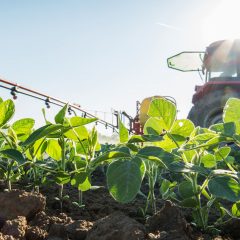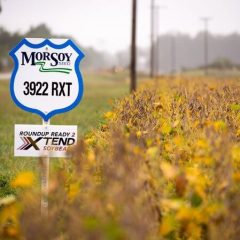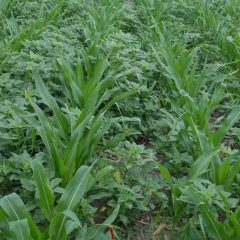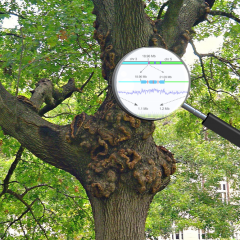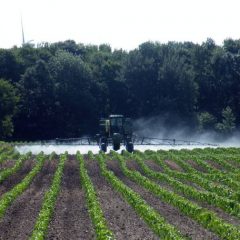Search results for “cotton”:
Senior AgriPulse reporter Philip Brasher ran a provocative story in AgriPulse May 15, 2019 entitled “Blocked by GMO Politics, African Scientist Turns to 1950s Technology” (paywall, so no link possible). It reports that Dr. Kingdom Kwapata, a plant breeder trained at Michigan State University, returned to Malawi to work on cowpea genetics. This legume, also […]
Read More, References, Comment »
In a carefully orchestrated exchange during an April 9, 2019 House Appropriations Committee hearing, the U.S. Secretary of Agriculture Sonny Purdue asserted that Europe is an “[ag] technology-free zone” and will pay a big price as agricultural productivity suffers. What prompted this striking assertion? Coverage of the Secretary’s comments in EURACTIV.com identifies what prompted the […]
Read More, References, Comment »
After months of meetings, and over 2,500 public comments, the Arkansas Plant Board finally decided what to do about dicamba in the 2019 planting season. As Liza Gross reports in Fern’s Ag Insider, The Board went against the recommendations of state weed scientists, and the vast majority of the members of the public who provided […]
Read More, References, Comment »
Dan Charles, NPR’s widely respected food and agriculture correspondent, has written extensively about the dicamba drift crisis over the past couple of years (here are just a few of his pieces that were posted to the Managing Weeds for Healthy Kids site). In his latest NPR piece entitled “Is Fear Driving Sales Of Monsanto’s Dicamba-Proof Soybeans?,” he […]
Read More, References, Comment »
In just a couple more months, Arkansas farmers will be planting soybeans in their fields again. So, that means another contentious round of meetings and hearings so the Arkansas Plant Board can decide how and when soybean farmers will be able to spray dicamba on their fields. The dicamba drift disaster of the last couple […]
Read More, References, Comment »
DTN staff reporter Emily Unglesbee has ably covered the dicamba-drift crisis over the past couple of years. Her latest is a detailed, three-part series on Palmer amaranth, “possibly the most aggressive weed American farmers have ever faced” (Unglesbee, 2019a). Palmer amaranth is so scary because of its “spectacular reproductive abilities” and it’s extreme adaptability. This […]
Read More, References, Comment »
Phosphorous is a key nutrient promoting plant growth, and a standard ingredient in many fertilizer blends. But if too much phosphorous ends up in the region’s watershed, it can wreck havoc on wetlands, streams, and lakes, causing harmful algae blooms (like the extreme cyanobacteria algae blooms in Lake Erie last year) and depletion of dissolved […]
Read More, References, Comment »
A research team led by scientists with the Salk Institute for Biological Studies in California have applied the latest gene sequencing and mapping technology to take a closer look at the unintended consequences of the method most commonly used to create genetically engineered plants, including today’s herbicide-resistant varieties of corn, soybeans, sugarbeets, and cotton, as […]
Read More, References, Comment »
Introduction Three Major Actions The Food Quality Protection Act (FQPA) Glyphosate/Roundup Case Study The Lowdown on Roundup Changes Over Time Does Glyphosate/Roundup Cause Cancer IARC vs. EPA Genotoxicity Paper Introduction Pesticide regulators strive to prevent “unreasonable adverse effects on man and the environment,” the basic standard embedded in the FIFRA statute (the Federal Insecticide, Fungicide, […]
Note to Hygeia Readers — Ford Baldwin is a weed scientist that has worked to promote integrated weed management systems in Arkansas over a long career. In fact, his contribution was recognized this year when he was inducted into the Arkansas Agriculture Hall of Fame. He has been deeply involved since 2016 in trying to […]
Read More, References, Comment »




